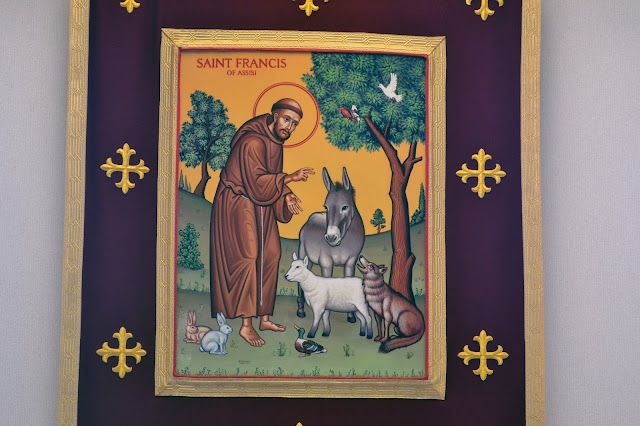In the Catholic Church there are literally thousands of declared
saints. Declared saints are those men
and women in history who have passed the Church’s arduous process whereby their
lives, their writings, and the miracles known to occur due to their
intercession have been examined in detail such that the Church can declare with
certainty that they have arrived at their heavenly reward. Of course it is presumed that there are
millions more throughout history that have been judged by God to also be
worthy. You and I are hopeful of being
counted among their number someday. Some
people believe that it is certain that all believers will be saints someday,
but the Catholic Church’s take on that is different. And that is a subject for another MTT on another
day.
Today, I’m thinking of two Englishmen
who were declared saints years ago, St. Thomas More and St. John Fisher. I’m thinking about them because their relics
are currently being made available for veneration at various sites around the
United States, including Rochester, MN. In
fact, my current parish, The Church of St. John the Evangelist here in
Rochester was one such site earlier this week.
These relics include a ring worn by St. John Fisher and parts of a bone
and a tooth of St. Thomas More. These
are kept in separate reliquaries, which are being moved from site to site this
week and next. The photo accompanying
this post is of me touching one of the reliquaries.
St. Thomas More was King Henry VIII’s Chancellor
and St. John Fisher was the Catholic bishop of Rochester, England, when, in
1534, Henry expressed his desire to divorce his wife, Catherine, so that he
could marry one Anne Boleyn. Of course,
this meant that he was rejecting the Church’s law concerning divorce. The two were imprisoned in the Tower of
London when they refused to allow this.
Henry sentenced the two to death and went on to carry out his own
version of the Reformation so that he could have his wish, and the Church of
England was born. So Thomas and John
were martyred for the Faith – they were each beheaded in 1535.
I can’t help but think that Catholics in
the United States today, in 2016, face a challenge similar to what Thomas and John
faced all those years ago. We have a
political situation which is incompatible with Catholic doctrine. The freedom to authentically practice our
Faith is being taken away on a number of fronts. It is very important today to stay devoted to
our precious Faith. We will win the
challenge, and become saints, if we remain faithful and loyal to the Church
founded by Jesus Christ. Amen.




